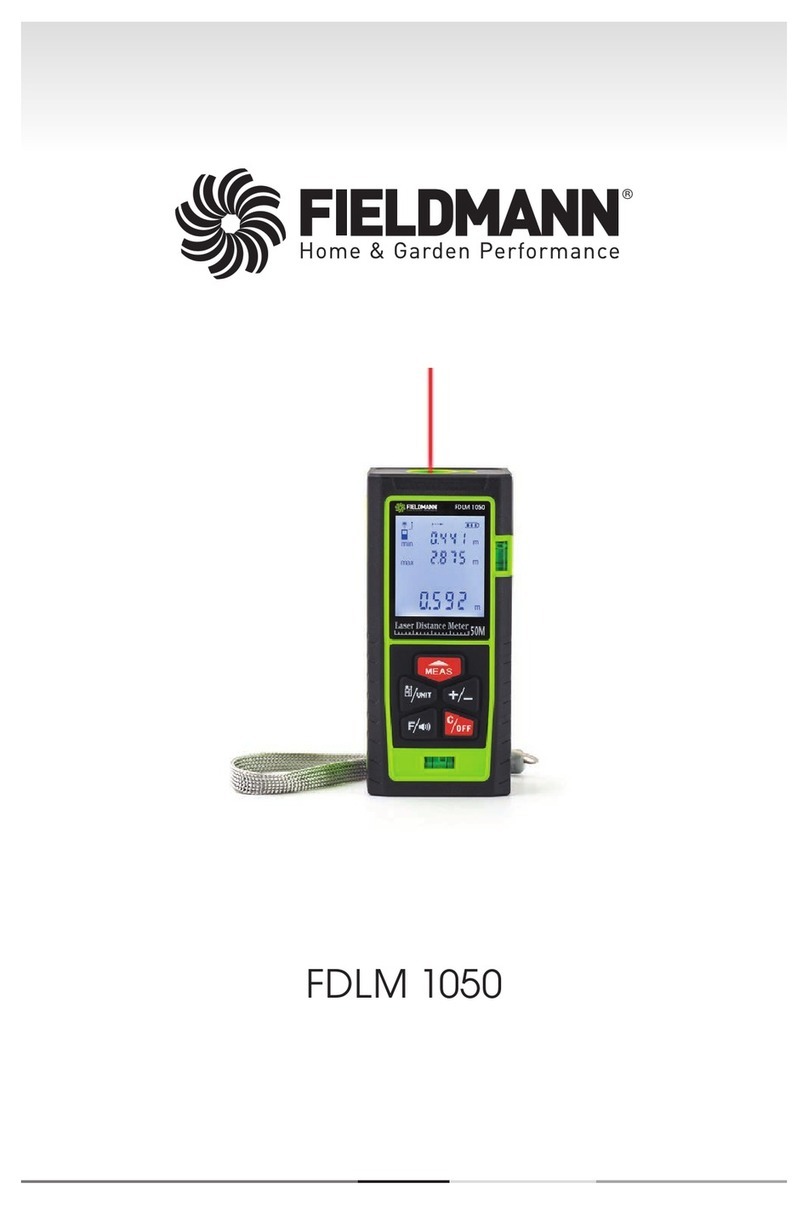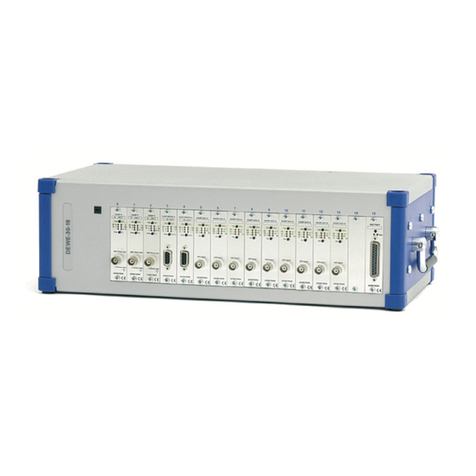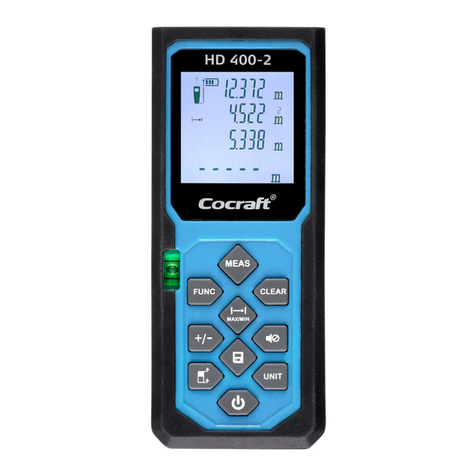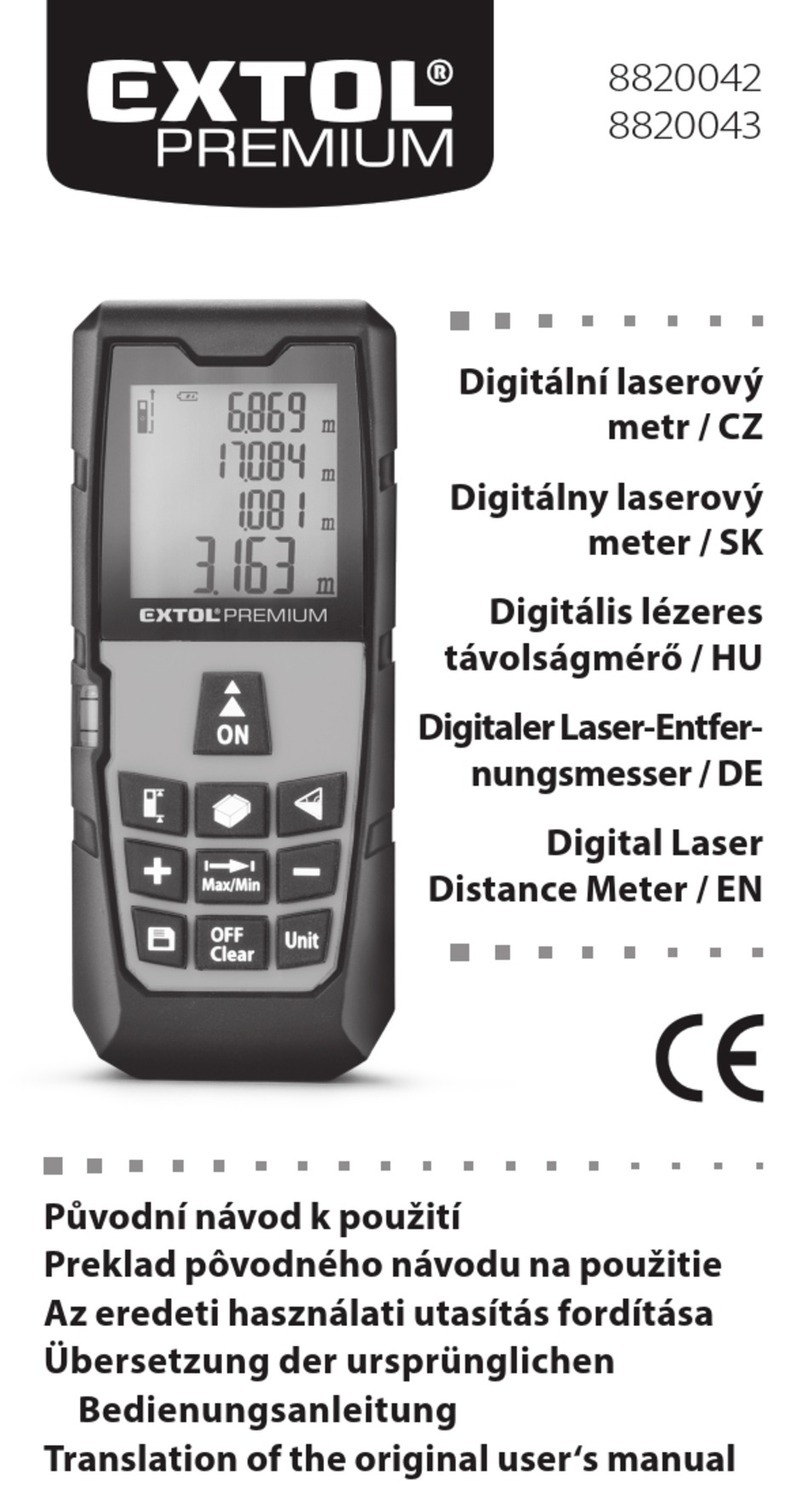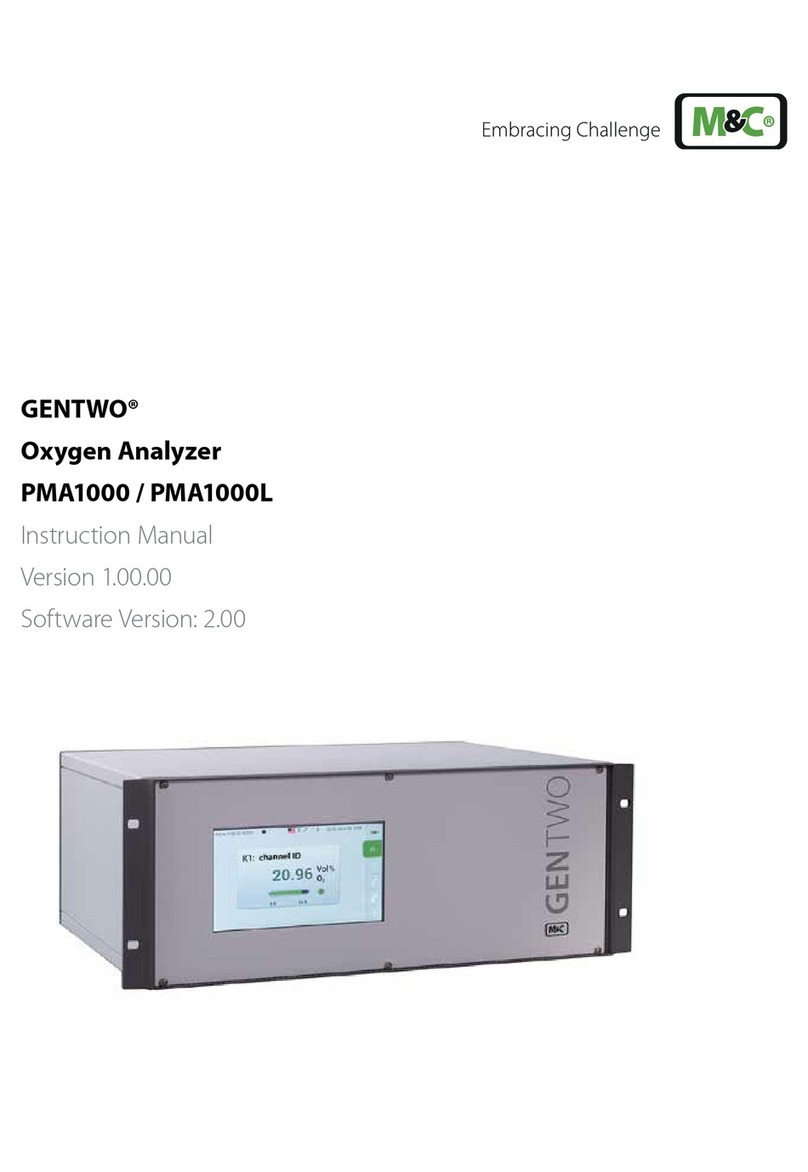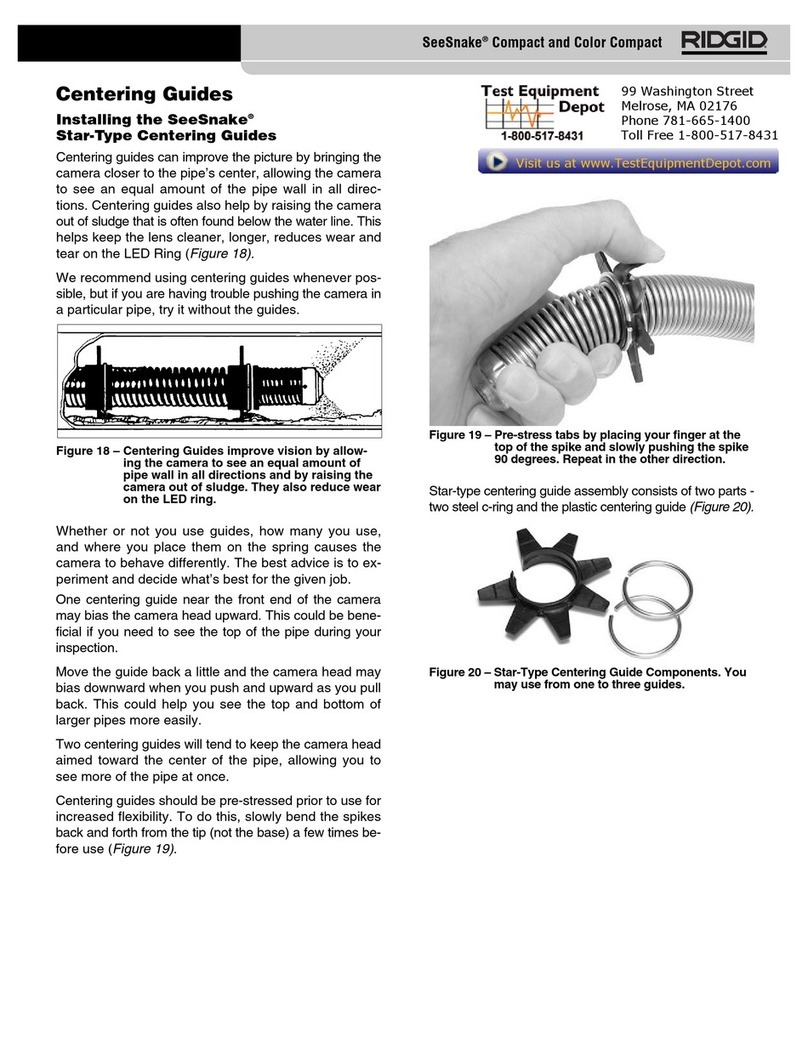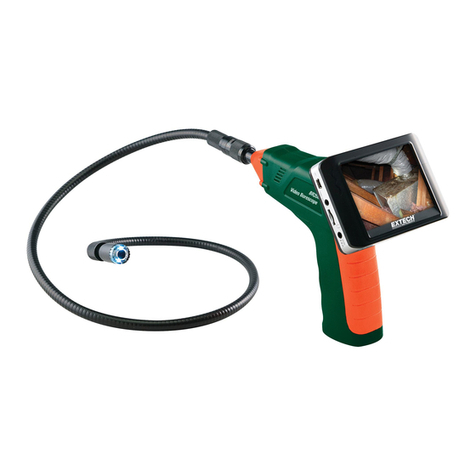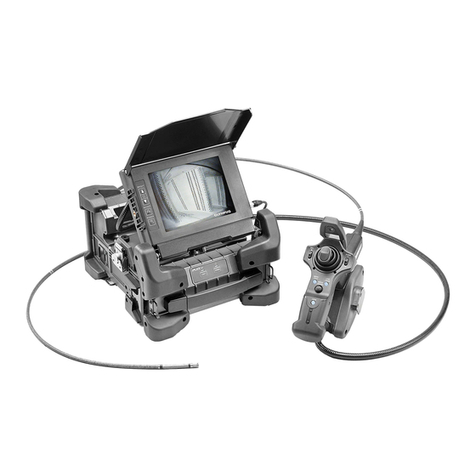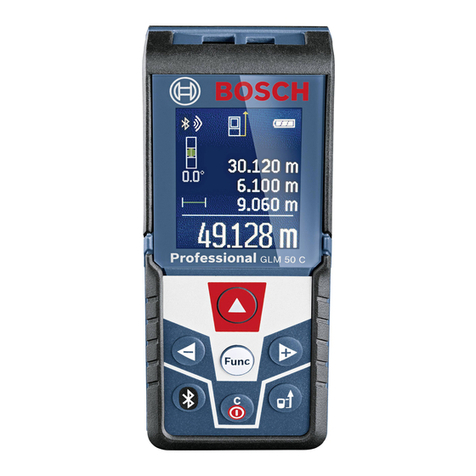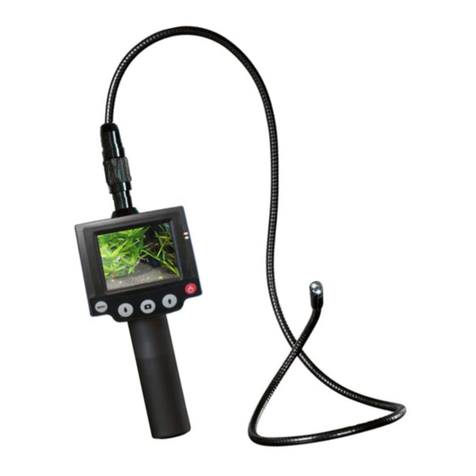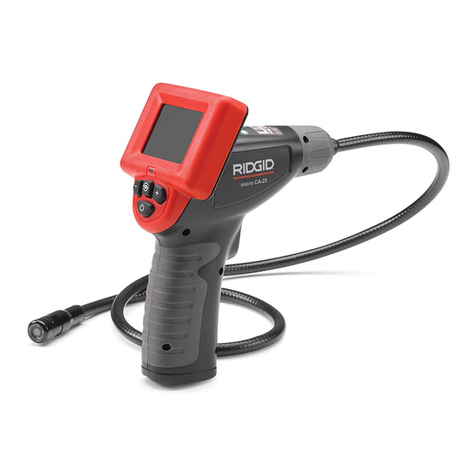
1 © 2007-2022 Analytica GmbH
Chapter 1. Description
The AnaGate CAN Gateway connects a PC, an embedded device or other general
devices to one or more CAN buses via the TCP/IP network protocol. It can function
both as an active CAN bus participant and as a passive receiver.
For this purpose, the AnaGate CAN FX2 provides an Ethernet interface and two
electrically isolated CAN FD interfaces.
The AnaGate CAN Gateway is controlled and configured via a proprietary protocol
based on TCP/IP. This protocol is described in detail (see [TCP-2010]). Free
application libraries are available for devices with Windows or Linux operating
systems. The entire range of functions of the individual devices can be integrated
into application programs with these libraries.
In the bridge mode, the AnaGate CAN Gateway can connect two physically
independent CAN networks via LAN/Ethernet (LAN bridge mode). This coupling
allows the connection of separate CAN buses with different baud rates.
Note
The AnaGate CAN duo, AnaGate CAN quattro, AnaGate CAN X2, AnaGate
CAN X4, AnaGate CAN X8, AnaGate CAN FX2, AnaGate CAN FX4, AnaGate
CAN FX8, AnaGate CAN F2, AnaGate CAN F4, AnaGate CAN F8, AnaGate
CAN FZ8, AnaGate CAN FZ16 and AnaGate CAN FZ16C4(within a core
unit) can also connect two internal CAN interfaces. The AnaGate CAN uno
does not support this internal bridge mode.
Important
It is also possible to bridge a CAN FD network to a CAN network. However,
it is important to note that CAN telegram data sent from CAN FD networks
to CAN networks may be lost, since standard CAN supports only telegrams
with a maximum of 8 data bytes.
1.1. Features
• The AnaGate CAN FX2 can send and receive CAN/CAN FD messages via two
independent CAN FD interfaces. The device can be controlled with a socket-
compatible device (e.g. a PC or PLC).
• Each CAN FD interface can be operated individually with CAN 2.0 baud rates 20,
50, 62.5, 100, 125, 250, 500, 800 or 1000kbit/s and with CAN FD data baud rates
0.5, 1, 2, 4, 5 or 8Mbit/s. User defined baud rates are also possible.
• DIP switchable bus termination for each CAN FD interface. The bus termination
cannot be set via software.
• The Power over Ethernet variant can alternatively be supplied via PoE/PoE+.
• Communication via a proprietary network protocol.
• Static or dynamic (DHCP) assignment of the IP address.
